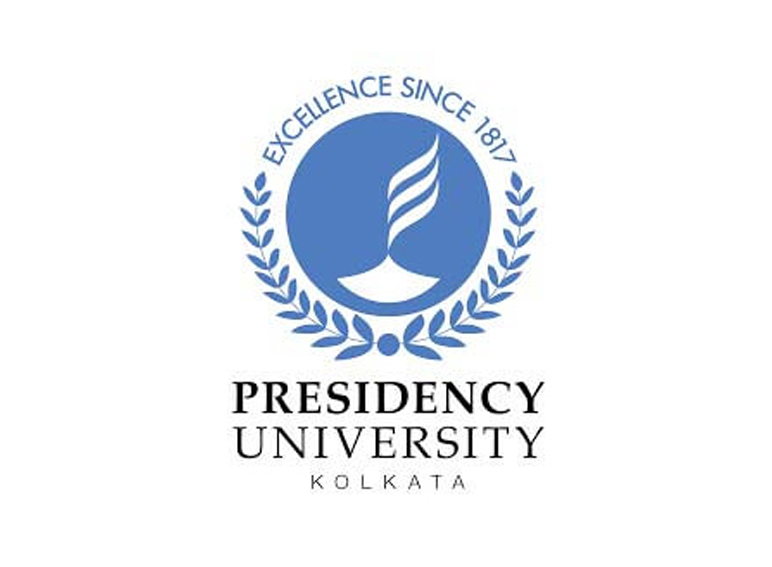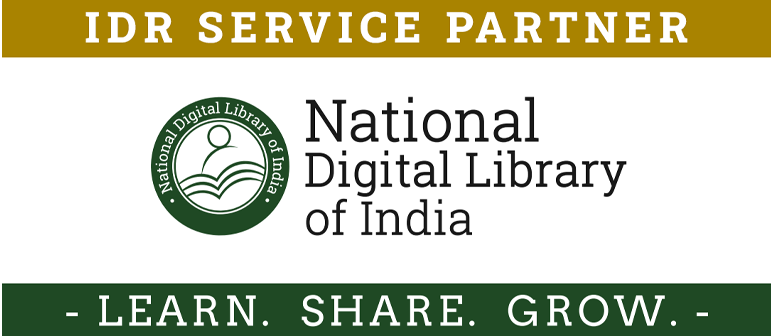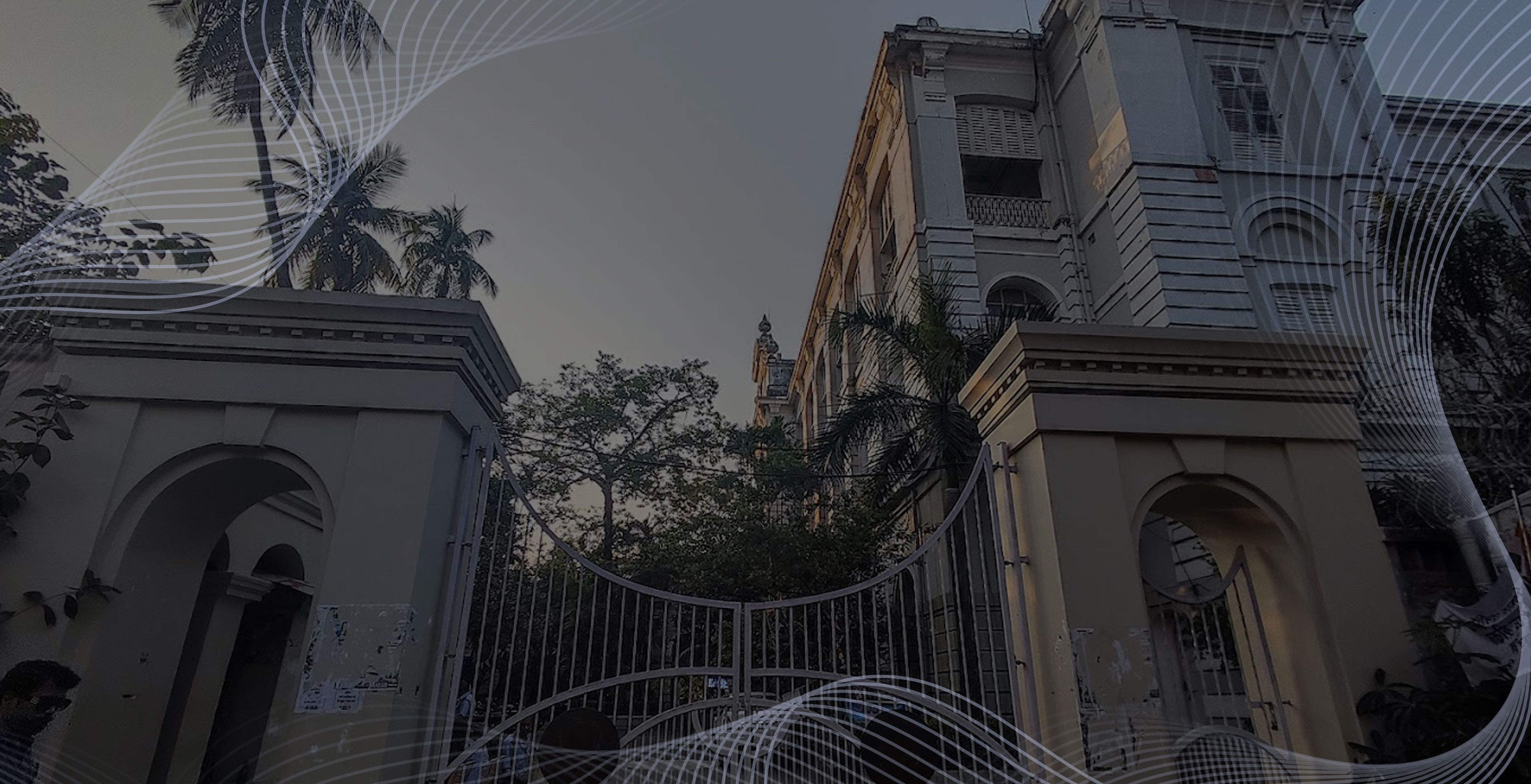
Presidency University
Institutional Digital Repository
Powered by National Digital Library of India (NDLI)


Communities in DSpace
Select a community to browse its collections.
- This community of collections includes manuscript, old official documents and records of Presidency College / Hindoo College
Recent Submissions
Effective Searching Techniques for Retrieving Electronic Resources (E-Journals, E-Books and E-Databases)
(2023-08-21) Dr. B. Siva,; Ms. Kuheli Dutta,; Dr.RabisankarGiri,; Dr.Sutapa Chatterjee,
When marriage ends: Determinants and consequences of union dissolution in India
Dutta, Mousumi; Husain, Zakir
The thesis seeks to investigate the incidence and determinants of union dissolution, and its effect on the empowerment of women. The study addresses the following questions:
1. What are the incidence and trends of union dissolution in India?
2. What are the determinants of union dissolution and remarriage in India?
3. Does the marital status of woman impact participation in SHGs?
4. Does the empowering effect of SHG depend upon the marital status of woman?
The thesis uses information from the Social & Cultural tables (C-series) from the Census for the year 1991, 2001 & 2011 and data from the fifth round of National Family Health Survey.
Union dissolution has been consistently increasing over the years from 1991 to 2011. Dissolution rates have been higher in rural India compared to urban India for the years 1991 and 2001. Over the years, separation has been the dominant form of dissolution. The present study reveals that women who are already socio-economically vulnerable are at greater risk of facing union dissolution. Remarriage, however, does not appear to be related with socio- economic status and may be considered to be a personal choice and immediate situation, rather than being a socially driven phenomenon. The study stresses on the need to provide legal protection to women being abandoned and divorced, and introducing measures to ensure their socio-economic welfare. However, the present study warns that access to microcredit and its use may be mediated by family members, particularly husbands who may exploit structural vulnerabilities faced by women to use their labor for debt repayment. Consequently, it is necessary to recognize the heterogeneity in position of women in society and recognize the diversity in limitations on access to microcredit and opportunities for utilizing them. We call for a more nuanced understanding of the issues underlying gender inequality to arrive at suitable policy responses that effectively increases empowerment level and the capability set of divorced and separated women through programs less amenable to capture by dominant agents within the immediate environment of women.
Hindi Upanyas : Aadiwasi Sanghrsh Aur Paristhitikiya Sankat (1990-2016)
Gupta, Munni
बीज शब्द : पारिस्थितिकी, आदिवासी, जलवायु परिवर्तन, जैव विविधता, विस्थापन, विकास मॉडल
प्रस्तुत शोध प्रबंध "हिंदी उपन्यास : आदिवासी संघर्ष और पारिस्थितिकीय संकट (1990-2016)" के केंद्र में मनुष्य की पूंजीवादी मानसिकता के कारण प्रकृति पर विजय पाने की आकांक्षा और उससे उत्पन्न पारिस्थितिकीय संकट है, जिसका आलोचनात्मक अध्ययन आदिवासी समुदाय के विशेष संदर्भ में प्रस्तुत किया गया है।
'पारिस्थितिकी' अथवा 'इकोलॉजी' को 'विज्ञान और समाज' को जोड़ने वाली कड़ी के रूप में जाना जाता है जिसकी परिधि में इस पृथ्वी का समस्त जैविक-अजैविक संसार शामिल है। अन्य घटकों की भांति ही मनुष्य पर भी प्रकृति के सारे नियम लागू होते हैं। लेकिन तथाकथित विकास की धुन में मनुष्य द्वारा प्रकृति के साथ अपने सह-अस्तित्व व साहचर्य के सम्बन्धों को नकारने का परिणाम ही आज वैश्विक स्तर पर 'पारिस्थितिकीय संकट' के रुप में मनुष्य के सर्वश्रेष्ठ होने के 'अहं' पर चोट करता नजर आता है। इस संकट का सबसे ज्यादा शिकार है आदिवासी समुदाय, क्योंकि वही प्रकृति के सबसे निकट है, और जिसके संघर्षो का इतिहास बहुत पुराना है। आदिवासी समुदाय के जीवन में प्रकृति रची-बसी है। इसकी सामाजिक, आर्थिक एवं सांस्कृतिक सभी परिस्थितियाँ प्रकृति पर ही निर्भर करती हैं। आदिवासी दर्शन वास्तव में 'पारिस्थितिकीय' दर्शन है जहां 'मनुष्य' प्रजाति सर्वश्रेष्ठ नहीं है। यहां जीव-जंतु, पेड़-पौधे, नदियां-पहाड़ सब समान हैं। ऐसे में प्रकृति का विनाश आदिवासी 'अस्तित्व' पर ही सवाल खड़े करता है । हिंदी आदिवासी उपन्यासों में इसी सवाल को उठाते हए पारिस्थितिकीय संकट के संदर्भ में आदिवासी संघर्षों को चित्रित किया गया है।
इन उपन्यासों में, विकास के नाम पर जल, जंगल और जमीन के दोहन ने किस प्रकार पारिस्थितिक तंत्रों (स्थलीय एवं जलीय) को नुकसान पहुँचाकर प्राकृतिक असंतुलन को जन्म दिया है, किस प्रकार मनुष्य की प्रकृति से निरंतर होते छेड़छाड़ ने जलवायु-परिवर्तन, जैव-विविधता का नाश, जल संकट, मरूस्थलीकरण जैसी वैश्विक चुनौतियों को खड़ा किया है तथा किस प्रकार इन सभी परिस्थितियों ने मिलकर आदिवासियों के लिए स्वास्थ्य, जीविका विस्थापन एवं अन्ततः आदिवासी जनसंख्या हास् जैसी भयंकर समस्याओं को जन्म दिया है, की जांच-पड़ताल की गई है। इसके साथ ही विकास की अंधी दौड़ में शामिल दुनिया के तमाम देशों को देखते हुये विकास के लिये आदिवासी मॉडल का सुझाव भी दिया गया है, जो प्रकृति-हितैषी है।
महुआ माँझी कहती हैं कि आदिवासी समुदाय प्रकृति और मनुष्य के बीच अन्तर्संबंध को महत्व देता है, आदिवासी को प्रकृति की सूक्ष्म समझ होती है, अतः विश्व को यदि भविष्य में होने वाले प्राकृतिक प्रकोपों से बचाना है तो हमें आदिवासी प्रकृति-दर्शन को समझते हुये प्रकृति और पारिस्थितिकीय हितैषी विकास मॉडल का विकल्प खोजना ही होगा।
Selection of high yielding elite chemotypes of paclitaxel producing Himalayan yew (Taxus wallichiana) from different geographical regions of the Himalayas
Dey, Abhijit
Taxus wallichiana Zucc. (synonym Taxus baccata subsp. wallichiana (Zucc.) Pilg.) or Himalayan yew, has drawn a lot of interest globally. This is mostly attributed to its remarkable abundance of paclitaxel, an exceptionally potent anti-cancer drug, as well as various other significant secondary metabolites. Paclitaxel, commercially known as Taxol®, has demonstrated efficacy in treating several types of cancers including breast, cervical, head, lung, neck, ovarian, urothelial carcinoma. All taxa under the genus Taxus, including T. wallichiana, have slow growth rate over annually. Consequently, the extraction and isolation of paclitaxel from Himalayan yew for industrial applications pose significant challenges due to its limited presence in the bark, stem, and needles. The cost of paclitaxel has increased due to a combination of factors including its limited availability and growing demand in cancer therapy. The major goal of this research is to quantify the marker component, paclitaxel, which is extracted from Himalayan yew samples obtained from different locations. The goal is to find the most effective chemotypes of Himalayan yew based on different altitude in the Himalayan region. Furthermore, the current study aims to find other phytochemical compounds. The aim of this research is to establish a standardized and verified HPTLC (high performance thin layer chromatography) procedure for the quantitative measurement of marker anticancer compound paclitaxel. Furthermore, the study also encompasses a comprehensive analysis of antioxidant and toxicological study of various plant extracts. This investigation conducted in the selected region will significantly contribute to the scientific application and exploitation of these findings.